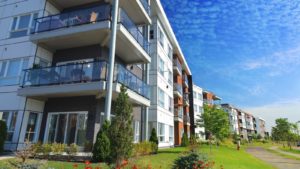Check Out the Advantages of Fiber Optic TV Solutions for Widespread Implementations
Wiki Article
Optical optic television services are growing more popular for big uses, such as in schools, medical facilities, and companies. These services use slender fibers of glass or polymer to transmit data as optical signals. This technology offers several advantages over conventional cable or broadcast TV services. One of the key significant benefits is the rapid broadband connection that optical optics can offer. This velocity allows for seamless broadcasting of high-definition content, which is crucial for organizations that rely on visual for education, presentations, or leisure.
Another key benefit of fiber fiber television services is their reliability. Optical optic cables are not as susceptible to interference from climatic factors or physical obstacles in contrast to conventional copper cables. This implies that entities can anticipate a more stable and stable connection, which is crucial for big uses where downtime can lead to major interruptions. For example, a hospital needs to guarantee that its connectivity networks are constantly operational, and fiber technology can assist achieve that degree of reliability.
In addition to velocity and dependability, fiber fiber television solutions also offer increased capacity. This implies that many individuals can utilize the network and broadcast material at the same time without facing a drop in quality. For big entities, this is particularly beneficial as it allows many employees or students to use the service at the same time. Schools can stream educational videos in classrooms while businesses can conduct video conferences without worrying about lag or buffering issues.
Cost-effectiveness is another advantage of fiber optic TV services. While the upfront setup may be more expensive than conventional solutions, the sustained cost reductions can be substantial. Optical technology require fewer maintenance and have a greater duration than metal wires. Additionally, the enhanced productivity and speed can result in higher output, which can reduce money in the future. Entities bulk internet access can distribute their resources more effectively when they do not have to deal with frequent support disruptions or lagging broadband speeds.

Lastly, optical optic TV services are eco-friendly friendly. The materials used in optical technology are less detrimental to the environment compared to traditional wiring. Furthermore, optical technology uses less power, which can assist organizations minimize their carbon impact. As an increasing number of businesses and organizations seek ways to be increasingly sustainable, optical services present a feasible choice that aligns with these objectives. Overall, the advantages of fiber TV solutions make them an excellent option for big applications, offering speed, dependability, bandwidth, affordability, and environmental sustainability.